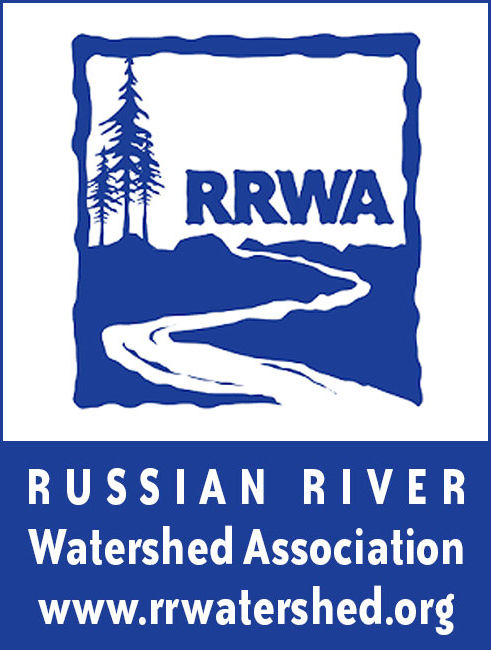I have been responding to spills in the city of Santa Rosa for the last 17 years.
This includes responding to and abating vehicle leaks in the street, wash water from businesses, rinsate from painting equipment, concrete spatter and washout from contractors and even blowing of leaves and yard waste into the street. All of these and anything other than rainwater flowing into a storm drain inlet is prohibited by city and county codes.
Inspectors like me are tasked with going out to stop the discharge and working with the responsible person to clean up any material (pollutant) from the street and storm drain pipe. When responding to any incident, our primary objective is to protect our valuable natural resources throughout Sonoma and Mendocino counties. The Russian River watershed is a rich and diverse region of nearly 1,500 square miles and is home to approximately 360,000 people, 238 streams and creeks and 63 species of fish — three of which are listed as threatened or endangered.
Creeks continue to be a valuable asset to all of our communities throughout the county. They provide habitat (food, shelter, protection) for birds, mammals (including river otters), reptiles, amphibians, fish and insects. Good water quality supports ecosystem diversity, water quality and public health.
An integrated creekside trail system allows for recreation including walks, bike rides, bird watching or just simple enjoyment of the outdoors. At the same time there are educational opportunities for students of all ages as we see an abundance of life around us. Where we live is more than sidewalks and buildings.
I personally enjoy the peace and beauty of a walk along a creek trail rather than along a busy street. Flowers, shade from trees, and the whisper of flowing water are just some of the aesthetic values of a healthy creek. Additionally, creeks provide flood protection and are an extension of our storm drain system, transporting storm water runoff away from our homes.
Healthy creeks are an important part of the ecological and social fabric of our local communities. They are part of the identity of living in Sonoma and Mendocino counties. Studies have shown that the awe inspiring feeling of being in and a part of nature has a healing effect on people.
Protecting our local creeks is important to those of us who respond to spills. Potential pollutants include materials such as pet waste, trash, fertilizers, pesticides, dirt, cleaning chemicals, solvents, sewage, food waste and excess irrigation water. A common misconception is that storm water is treated. The simple fact is, storm water flows untreated from the street, parking lot, or in some instances a backyard drain, into the storm drain system and into a nearby creek.
Our hope, as pollution prevention responders, is that everyone will join us to share in protecting our local creeks and environment. The intent of our response and education efforts is to promote behavioral changes in our communities as a first line of defense to mitigate potential impacts to creeks. After all, simple actions can have immediate impacts.
At home, work, play or in leisure, there are many daily things we can do to prevent storm water pollution. In most cases people can avoid introducing pollutants into creeks by following good basic housekeeping practices. Essentially doing what we learned as kids: Pick up after yourself and put things where they belong.
Other steps include:
• Reporting spills to your local jurisdiction to help keep our neighborhoods clean and healthy, you can find appropriate phone numbers for spill response at rrwatershed.org/spill-reporting
• Check with your local community or a creek organization on where to join a creek cleanup;
• Go online to srcity.org/1232/Pollution-Prevention for pollution prevention tips for the home and for many businesses. There is also an “Urban Creek Care Guide” for tips on making your day to day activities creek-friendly: rrwatershed.org/project/urban-creek-care-guide/;
• I also encourage people to sweep the street gutter in front of your property or home several times a year especially before a forecasted rain event. This will reduce the leaves, sediment, trash and other pollutants that may be transported by rain into our local creeks.
•Visit StreetstoCreeks.org to find out more. Make sure to periodically stop by this developing site as it will be updated with additional information about protecting our waterways.
In this season of giving, give you and your family the gift of spending time by exploring our many creeks and trails this coming year.
This article was authored by recently retired City of Santa Rosa Storm Water Inspector Forest Frasieur, on behalf of RRWA. RRWA (rrwatershed.org) is an association of local public agencies in the Russian River Watershed that have come together to coordinate regional programs for clean water.








